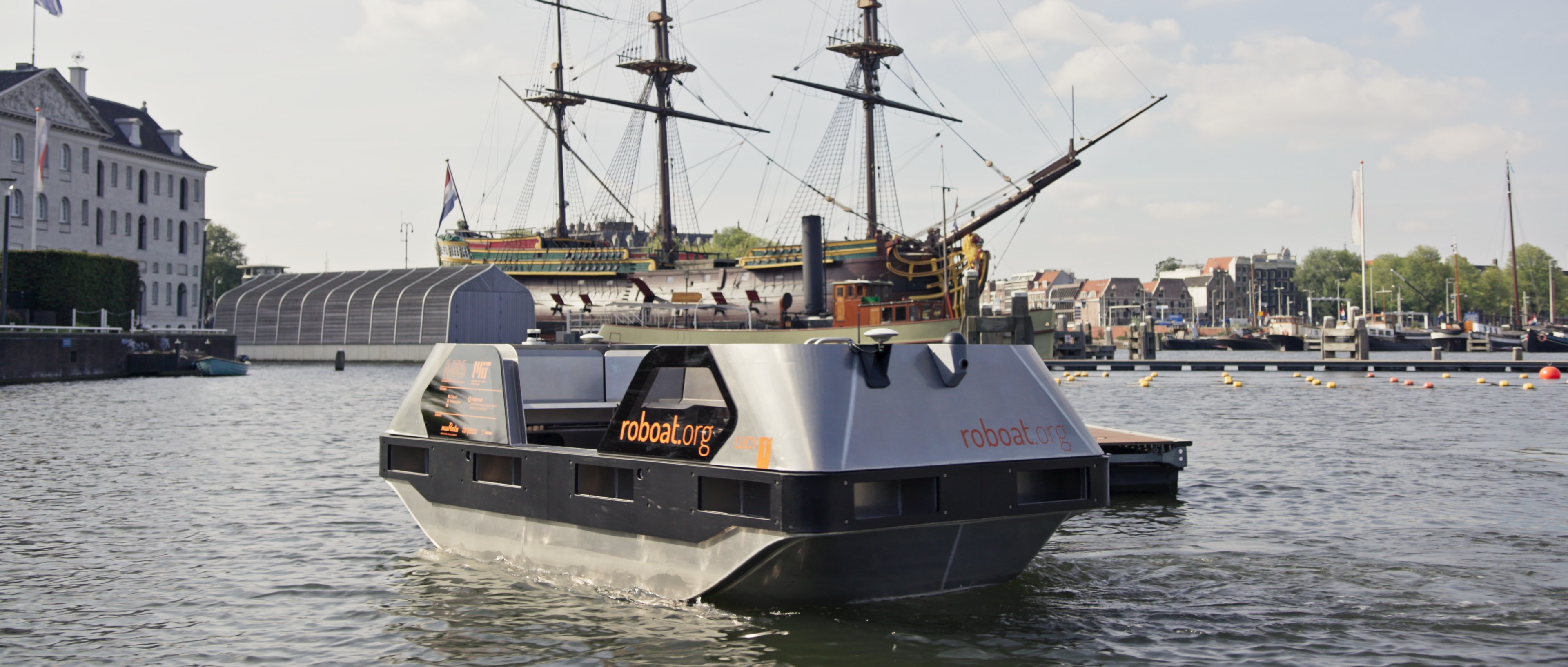The latest version of Amsterdam’s famously abundant waterways of 2016 is here. It was built to transport people and goods. Now, it is developed into a full-scale, self-navigating watercraft and is ready to function.
The Roboat was developed to make fluid infrastructure that could extend shorelines or even form floating bridges. This remained part of the vessels’ DNA as the vessels became smarter and more agile, and in 2019 became capable of docking together and organizing themselves into different arrangements.
Last year, the team at MIT’s Computer Science and Artificial Intelligence Laboratory (CSAIL) and the Amsterdam Institute for Advanced Metropolitan Solutions (AMS Institute) revealed a half-scale version that was two meters (6.5 ft) in length and finally big enough to transport passengers. The model was tested for three hours without interruption, and it turned out to be successful.

The Roboat III is four meters (13-ft) long, has the capacity of accommodating five passengers, and is controlled by the same navigation tech involving LiDAR, GPS, and a suite of cameras to build a 360-degree picture of its surroundings. The algorithm saves the data collected in the execution and then uses it to give instructions.
“We now have higher precision and robustness in the perception, navigation, and control systems, including new functions, such as close-proximity approach mode for latching capabilities, and improved dynamic positioning, so the boat can navigate real-world waters,” says Daniela Rus, MIT professor of electrical engineering and computer science and director of CSAIL. “Roboat’s control system is adaptive to the number of people in the boat.”
This model can accommodate people as well as cargo and can also be used for collecting waste or forming a floating platform for infrastructure purposes.
“As Roboat can perform its tasks 24/7, and without a skipper on board, it adds great value for a city,” says Fabio Duarte, a principal research scientist in DUSP and lead scientist on the project. “However, for safety reasons, it is questionable if reaching level A autonomy is desirable. Just like a bridge keeper, an onshore operator will monitor Roboat remotely from a control center. One operator can monitor over 50 Roboat units, ensuring smooth operations.”
“The historic center of Amsterdam is the perfect place to start, with its capillary network of canals suffering from contemporary challenges, such as mobility and logistics,” says Stephan van Dijk, director of innovation at AMS Institute.


